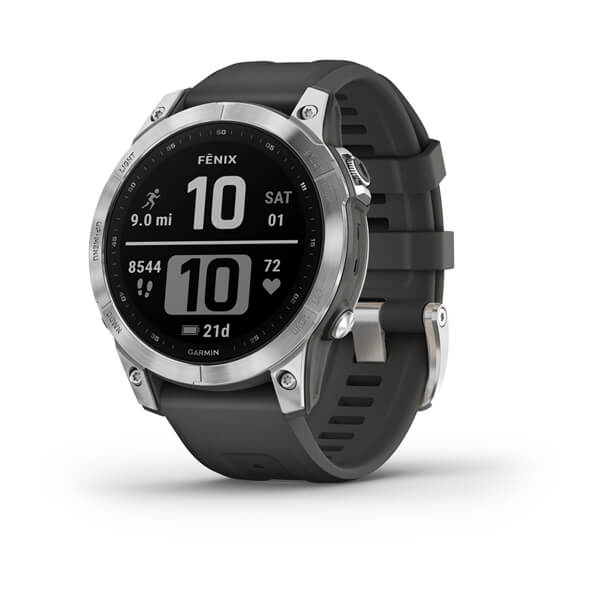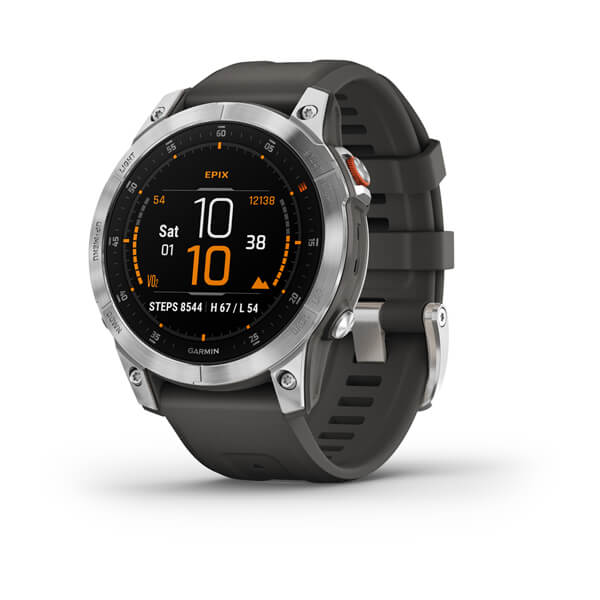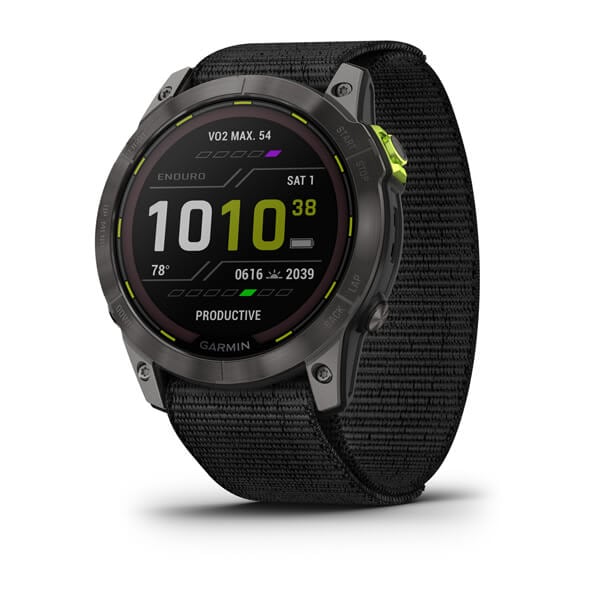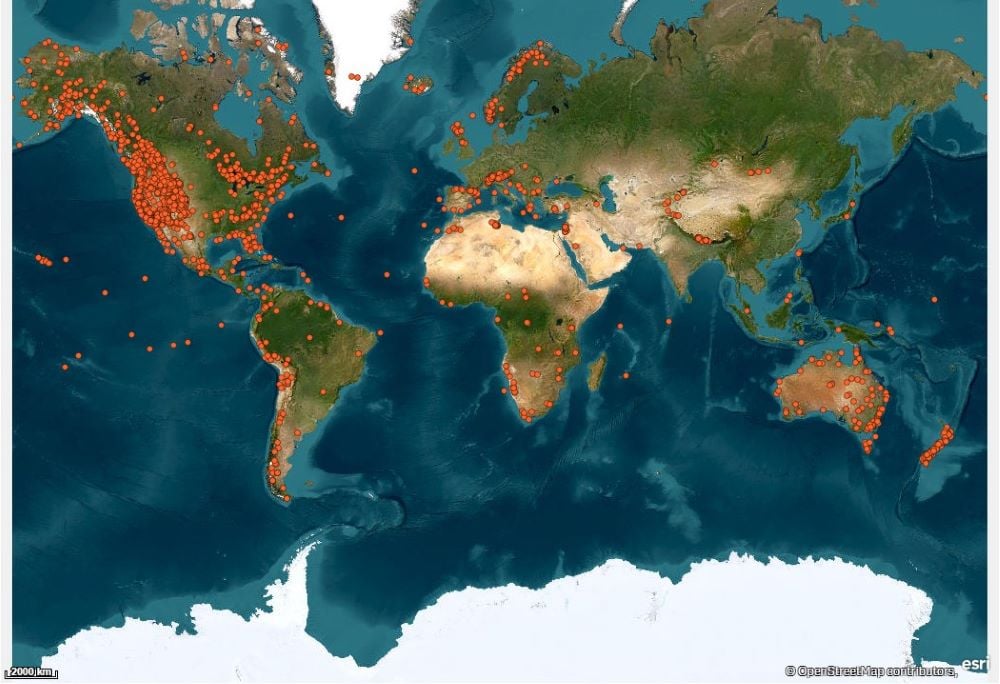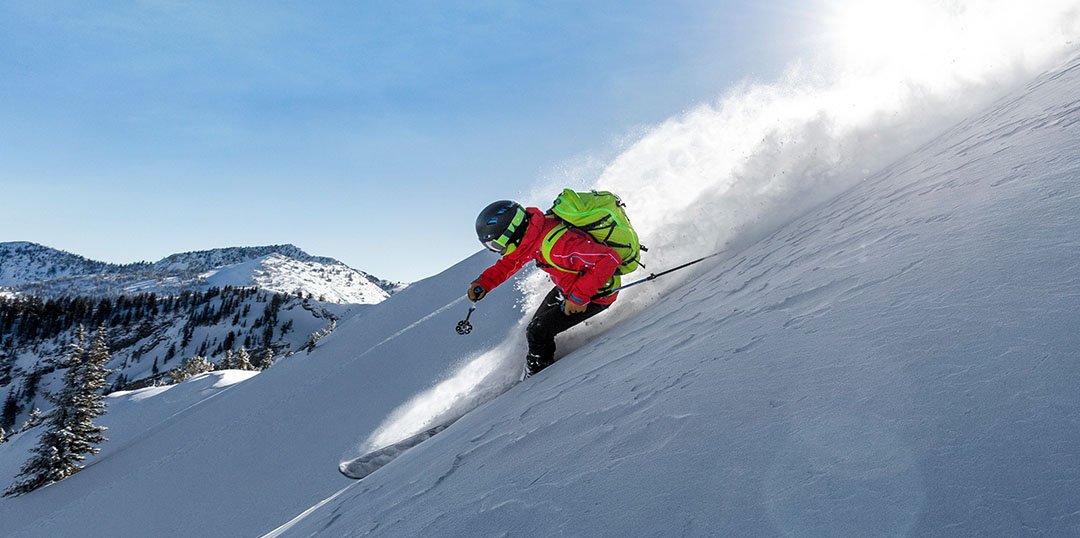
Understanding Altitude Sickness and Tracking Your Altitude Acclimation
Altitude sickness is not a condition anyone should mess with, making it vital to understand when at risk. It’s also important to know how altitude sickness can be prevented and treated, and how Garmin products are uniquely positioned to track one’s acclimation to increased elevation.
Whether you’re planning to hike a 14,000’ mountain, participating in a high-intensity workout at a high elevation or simply spending time in a high-elevation city, there’s a solid chance that altitude sickness could make an appearance.
What Is Altitude Sickness?
Also known as acute mountain sickness, high-altitude cerebral edema or high-altitude pulmonary edema, altitude sickness is a condition that affects individuals when they ascend to high altitudes too quickly.Acute mountain sickness typically shows up 6-12 hours after arrival at altitudes above 8,000’ and occurs in approximately 40-50% of people who live at a low altitude, according to an UpToDate health research study on high-altitude illness.
There are several symptoms related to altitude sickness, including headache, nausea and vomiting, dizziness, shortness of breath, loss of appetite and more. To minimize altitude sickness, an individual can take several precautions before ascending to high altitudes:
- Gradual ascent — Ascend slowly to allow your body time to acclimate to the change in altitude and avoid rapid ascents.
- Hydration — Drink plenty of fluids to stay properly hydrated to avoid dehydration, which can expedite altitude sickness.
- Medications — Nonprescription pain relievers can help in prevention, but it’s recommended to consult with a medical professional.
Read more on how to prevent altitude sickness here.
In treating altitude sickness, it’s important to rest and allow the body to adjust to the altitude, continue to hydrate and consume easily digestible meals.
How Garmin Products Can Improve Your Acclimation to Altitude
Individuals looking for a leg up in understanding their body can turn to Garmin devices to help track their altitude acclimation. With the altitude acclimation widget, Garmin smartwatches and cycling computers users can help illustrate specific insights into their body’s response with a snapshot of various information to changing altitudes, including:
- Current elevation — This provides a percentage to estimate how acclimated you are to your current elevation and in which direction you’re trending from the previous day, showing how your body is acclimating to the altitude. You’ll also receive guidance on how your acclimation status can impact your performance.
- Average Pulse Ox1 — Weekly averages for Pulse Ox, which measures how much oxygen (compared to maximum capacity) is in your bloodstream as it travels around your body.
- Respiration rate — This feature describes how often you inhale and exhale in a minute.
- Resting heart rate — This feature displays your estimated daily heart rate using the lowest 30-minute average in a 24-hour period.
But How Does Altitude Acclimation Actually Work?
When the appropriate location accesses have been granted within the Garmin Connect™ app, your compatible Garmin smartwatch or cycling computer will report your current altitude acclimation by displaying the elevation that your body is acclimated to, based on current training.
Furthermore, the device will provide acclimation notifications and corrections to your VO2 max estimate and training status when the altitude is above 800 meters or 2,625’. The altitude acclimation feature will also check in overnight — if in sleep mode and connected to Wi-Fi® — to ensure accuracy and that it’s up to date.
It’s worth noting that those with higher activity levels may have lower resting heart rates. And, as the linked article notes, that’s OK.
Beating the Heat with the Heat Acclimation Feature
Heat acclimation can also be tracked. Within the glance, a percentage number will provide a glimpse of your temperature reading based on weather data and GPS activities. The number indicates how much heat an individual may be taking in and provides an indication of how to recover and adapt to higher levels of heat.
To be active, users must be at a high enough elevation level to display altitude acclimation information. When accessing the widget, individuals can see more information about how they’re acclimating, including weekly averages for Pulse Ox, respiration rate and resting heart rate. Find more information on acclimation features here.
Want to know if your Garmin device is compatible with altitude acclimation features? Click here.
With the proper knowledge and preparation, plus a little help from Garmin products and features, the risk of falling ill with altitude sickness can be minimized greatly.
1This is not a medical device and is not intended for use in the diagnosis or monitoring of any medical condition; see Garmin.com/ataccuracy. Pulse Ox not available in all countries. Pulse Ox will only display if All-Day Pulse Ox is enabled for your watch. Enabling all-day Pulse Ox will use additional battery power.
Wi-Fi is a registered trademark of the Wi-Fi Alliance.
